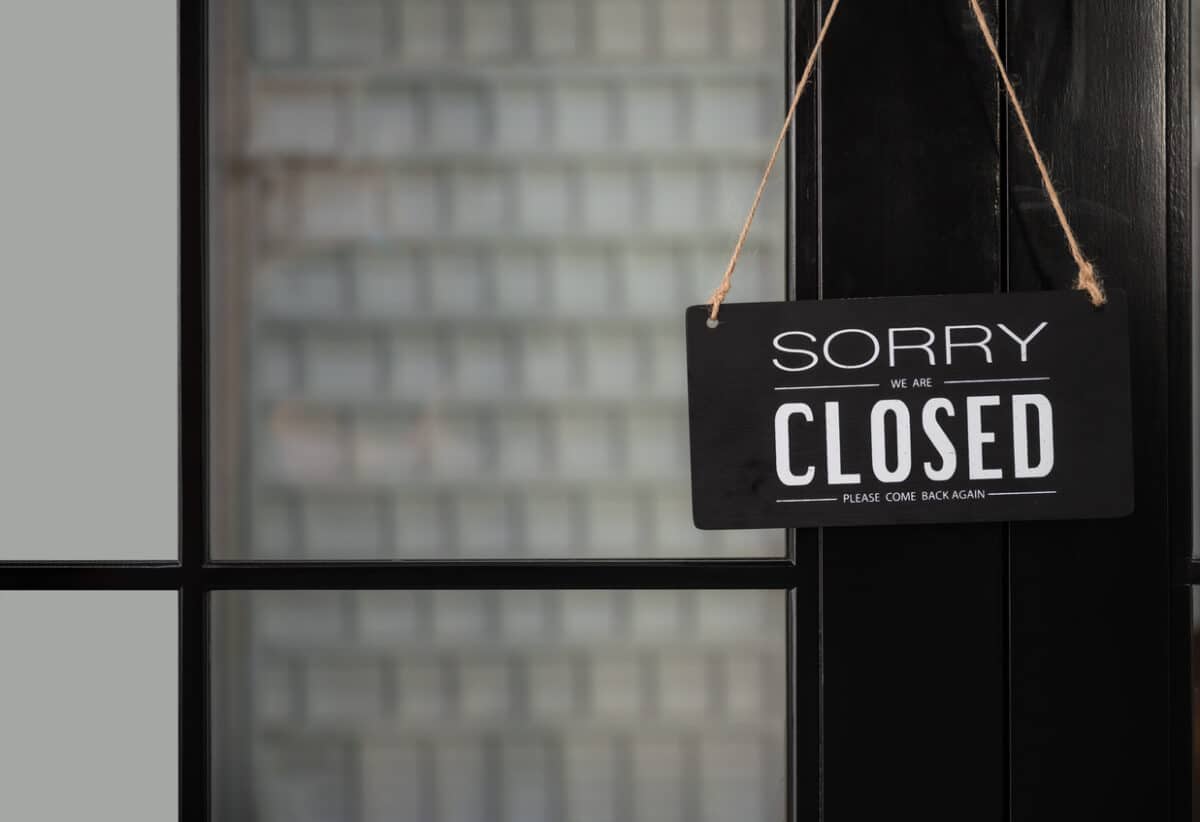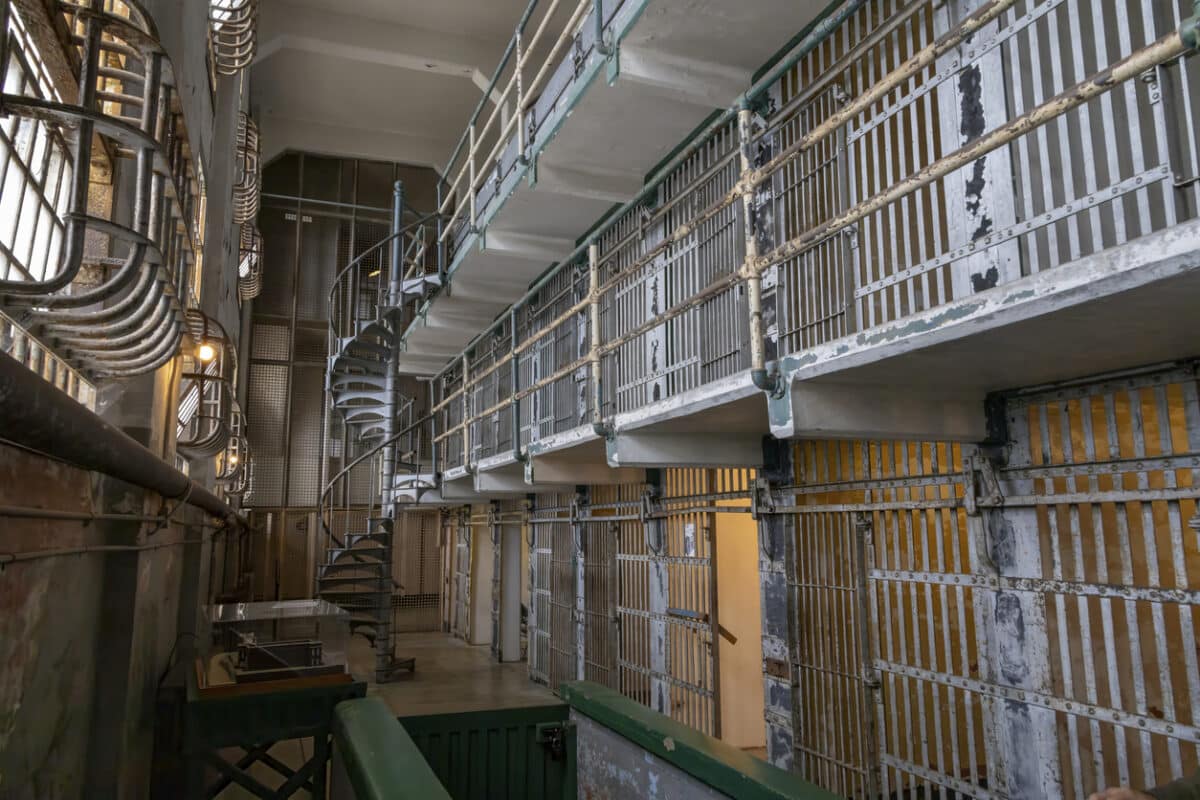Carve-outs Create a Class of ‘Unlucky Ones’ in the BOP
In the midst of the laser focus on the First Step Act by the new Bureau of Prisons administration, I feel compelled to shine a light on the people left behind by that law, but who are no less worthy of redemption and no less able to be rehabilitated. I am speaking about the “carve-outs.”
Why we got to where we are today must be understood in the context of the tough-on-crime era that originated in the 70s but gained momentum during the crack epidemic of the 80s and 90s. Prior to this period, prison systems typically adhered to the traditional parole model, in which people were sentenced, then – after a specified period of time – were assessed for early release by an independent parole board based on their conduct and rehabilitation.
But, as states began to pass “truth in sentencing” laws (fueled by public officials and others who wanted people who commit crimes to serve their full time), parole was slowly abolished. The federal government followed suit with the 1987 Sentencing Reform Act (SRA), requiring prisoners to serve 85% of the full term imposed by the court. The SRA, often referred to as the “new law,” limited judges’ discretion and created controversial sentencing guidelines (including mandatory minimums). Offenders were sentenced based on factors such as the severity of the act and their criminal history. The length of the prison term was considered the punishment and people were treated equally once imprisoned (at least from a sentencing-structure perspective).
And then came carve-outs. In legislation, a carve-out is a provision that excludes a specific group of people from its benefits or other provisions. In criminal justice at the federal level, they first surfaced with the Residential Drug Abuse Treatment (RDAP) and Intensive Confinement Center Programs in the 1990s. Participants who successfully completed the programs were eligible for early release – except those who had committed violent crimes. Advocates who pushed for the bill accepted a compromise that set a bad precedent from which we’ve never recovered. When the First Step Act (FSA) was passed in 2018, similar carve-outs were included. That means an estimated half of federal prisoners are ineligible for the early-release benefits, watching their peers leave while even the few crumbs of incentives they qualify for (like near-release transfers) are often unobtainable.
What justifies labeling people as “violent” for the rest of their lives, often for one act often committed decades ago? Who decided that white collar offenses are less damaging to society as a whole? To me, it is at least as traumatic, and with arguably greater lifelong consequences, to lose your life savings by fraud than to be robbed at gun point. I’ve interacted with so-called “violent” people in the prison environment for decades and they are no different from the people I oversaw at a federal prison camp. Having read hundreds of pre-sentence reports, which often revealed patterns of childhood poverty, physical abuse, absent fathers and a childhood in crime-ridden neighborhoods, I actually found myself respecting many who had committed violent acts even more than those who faced less adversity. It’s hard to accept that a sociopathic fraudster who grew up in a life of privilege and may steal the last penny from an elderly widow the minute they are released can get the early-release benefit, while an older adult from the “hood” is labeled and excluded based on his worst act. We truly have created an us vs. them justice culture that politicians capitalize on in legislation.
The research backs me up. For example, the results of a 2023 meta-analysis found that the odds of violent recidivism are 24% lower for individuals who participate in interventions – thus meriting incentives for completion of such programs.
The FSA has become a huge distraction for the BOP as its new administration scrambles to fix the unmitigated disaster it has become even for the individuals who qualify. As I’ve addressed in other blog posts, the BOP is now issuing conditional release dates to remedy issues that could have been addressed under its discretion many years ago. We are nearly seven years into implementation of the FSA and lawyers continue to be forced to bring suits to assure that prisoners get the time credits they deserve. The resulting frequent adjustment to BOP procedures is leaving case managers the scapegoats for administrative mismanagement.
However, the bigger picture that is not getting any attention is the fact that the agency is hyper focusing on the population who often needs the least support while the prisoners with the most rehabilitation needs are left behind in violent carceral settings that are void of meaningful programs and are characterized by continuous lockdowns and inhumane treatment.
While the chosen few reap the spoils of early release, it’s time for the advocacy world to rise up and demand legislative fixes such as a “second step” law that does not discriminate based on the nature of the crime. The term “violent” as a descriptor for people should be removed from the advocacy lexicon and carve-outs must end!










